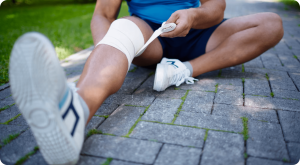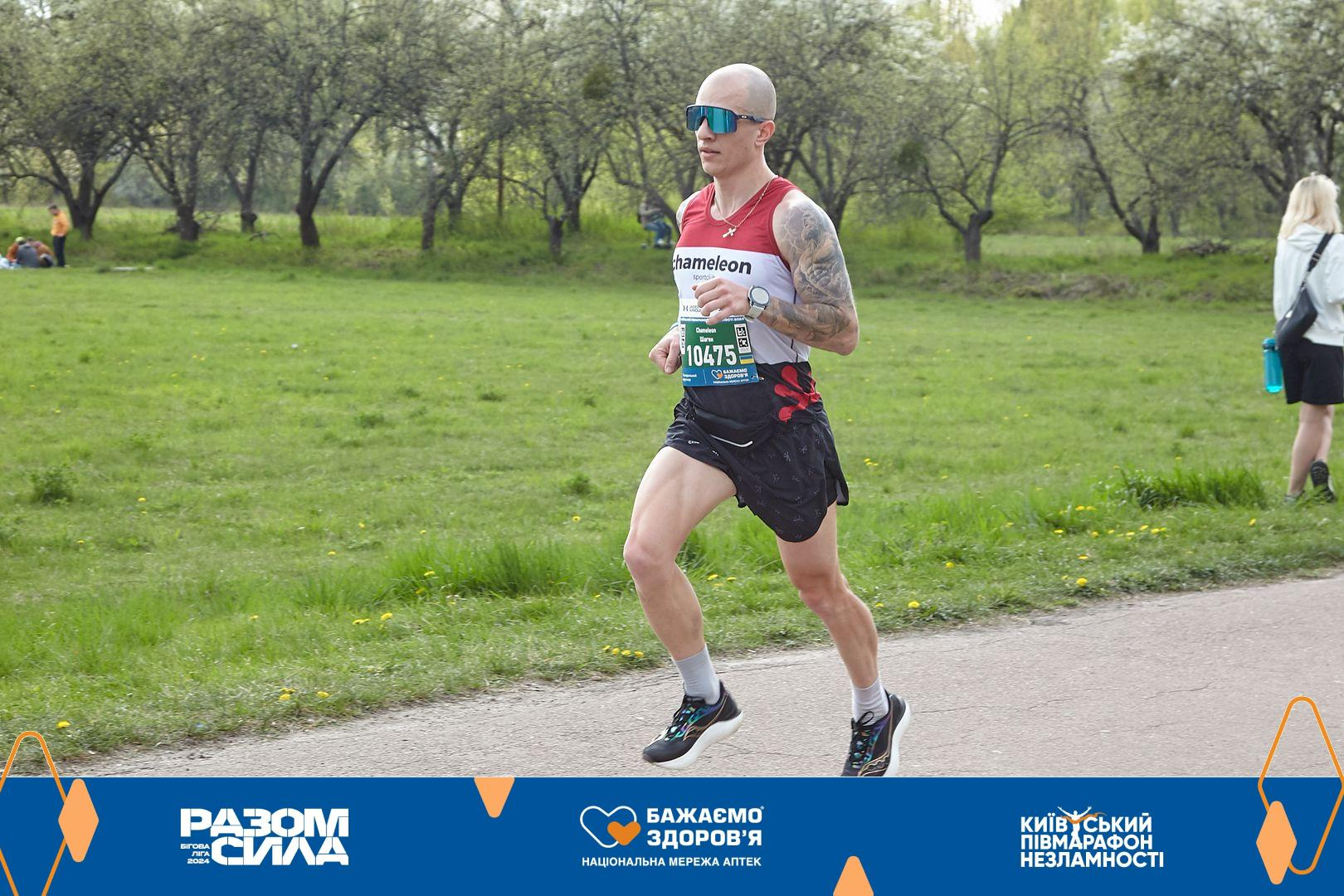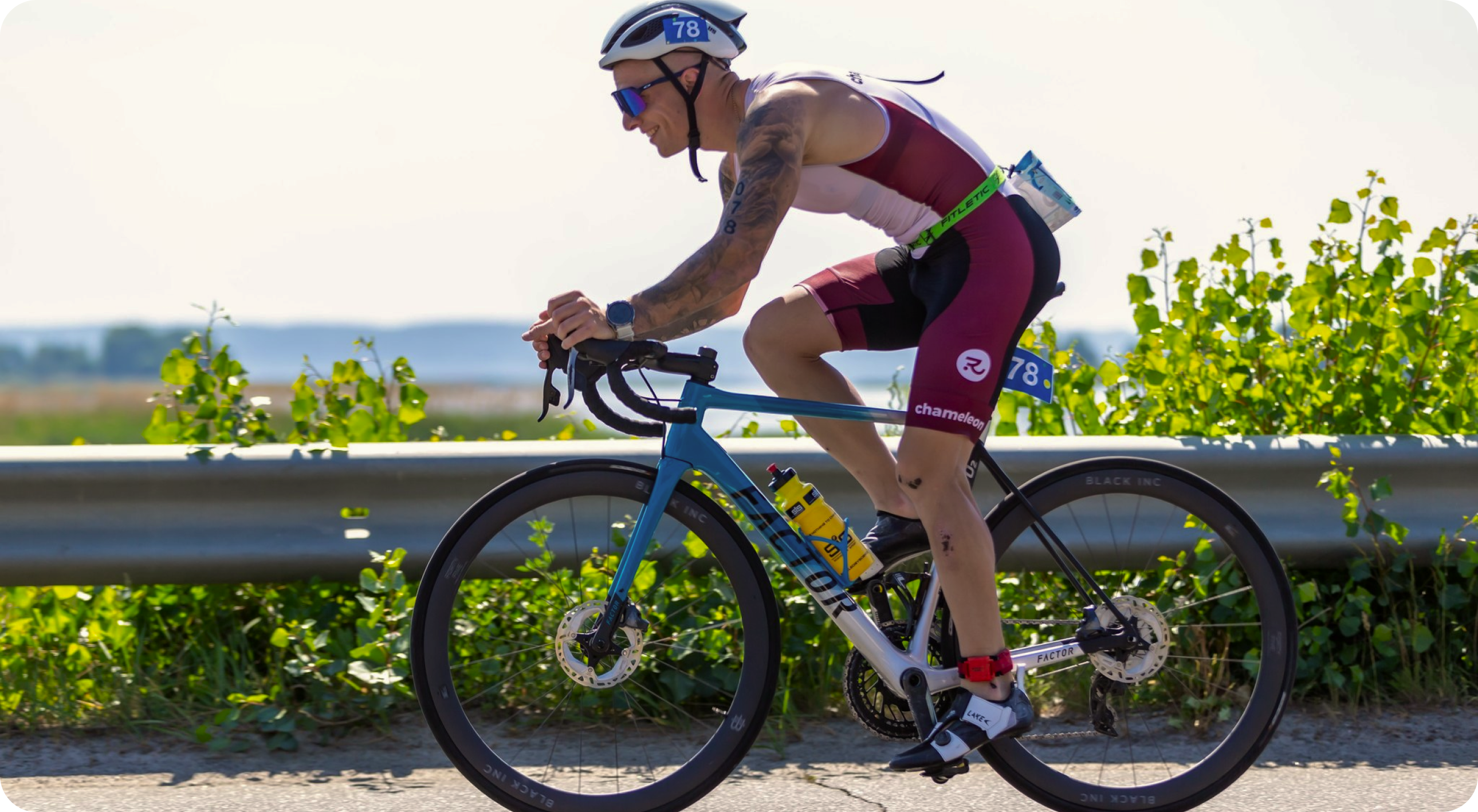Understanding the Risks
Triathlon is among the most physically demanding sporting events, so understanding the psychology of triathlon is not easy for everyone.
These races challenge the endurance, strength, and versatility of athletes.
At the same time, they will expand their capabilities in various disciplines.
However, with the extreme physical demands, comes the heightened risk of injuries.
Triathletes should be aware of these risks and take the necessary preventive measures.
This is to ensure that their results are not achieved at the expense of their health.
In this guide, we delve deeper into the common injuries triathletes face and how to mitigate them.
Common Triathlon Injuries
The combination of three different disciplines in triathlon training exposes athletes to a variety of injuries.
Some of these are discipline-specific, while others are the result of general stress during competition.
1. Swimming Injuries
Swimming demands high upper-body engagement.
Consequently, triathletes often experience overuse injuries in their shoulders, known as Swimmer’s Shoulders.
This condition is characterized by shoulder inflammation and pain due to repetitive strokes.
Back injuries, often arising from improper stroke technique or over-training, are also common.
Another potential concern is elbow tendinitis.
It is an inflammation of the tendons surrounding the elbow joint due to repetitive arm movements.

2. Cycling Injuries
The cycling portion of a triathlon can lead to an array of injuries from overuse, often due to prolonged periods in a fixed position.
Knee pain is commonplace, particularly IT band syndrome, where the band of tissue running down the outside of the leg becomes inflamed.
Lower back pain is another common complaint, resulting from the hunched cycling position.
In addition, if the bike fit is not properly adjusted, triathletes can experience many problems.
Such as saddle sores, numbness in the hands and feet, and even neck pain.

3. Running Injuries
As the final leg and a weight-bearing activity, running carries a high risk of injury for tired triathletes.
Runner’s knee, an irritation of the cartilage on the underside of the patella, is a frequent ailment.
Shin splints, causing pain along the shin bone, can result from running on hard surfaces or wearing inappropriate footwear.
Achilles tendonitis, an inflammation of the Achilles tendon, and plantar fasciitis causing heel pain are also prevalent running-related injuries.

Preventing Overuse Injuries in Triathlons
Overuse injuries occur when a constant load is placed on certain muscles, tendons, or joints.
This happens when there is not enough time to recover.
Given the intensive training and varied disciplines, these injuries are quite common among triathletes.
The prevention of these injuries is to balance intense training with adequate rest.
This balance can be achieved through:
1. Incorporating Rest Days
Rest days are an essential part of any training plan.
These breaks provide the body with an opportunity to recover.
Specifically, to repair tissues, and strengthen itself in response to training stresses.

2. Embracing Cross-Training
Cross-training, or training in different ways to improve overall performance, can help avoid overloading specific muscle groups.
For instance, a runner might cycle or swim as a part of their training to alleviate the constant impact forces experienced in running.
3. Applying Progressive Overload
Progressive overload involves gradually increasing the intensity, duration, and frequency of training sessions.
This technique allows the body to adapt to increased demands, building resilience without undue stress.
The Role of Strength Training in Injury Prevention
Along with endurance training, strength training plays a key role in triathlon.
This form of exercise helps in many ways.
It helps to improve overall strength, promote muscle balance and increase joint stability.
For example, including resistance exercises for the shoulder muscles can be useful for swimmers.
This helps reduce the risk of overuse injuries.
Leg strength exercises such as squats and lunges can be invaluable for runners and cyclists.
They strengthen the muscles around the knee and hip joints.
It’s essential for triathletes to include discipline-specific strength training in their regimen.
Core strength exercises are also vital.
They take into account the role of the abs in stabilizing the whole body during all three triathlon types.

Importance of Recovery and Sports Physiotherapy
Recovery is just as crucial as training in the triathlete’s routine.
Effective recovery strategies help the body recover and strengthen after training.
These include strategies such as proper nutrition, hydration, and adequate sleep.
Furthermore, sports physiotherapy plays a significant role in both injury recovery and prevention.
Regular sessions can help detect early signs of potential injuries, enhance mobility, and speed up recovery.
Techniques such as massage, joint mobilization, and specific rehabilitative exercises can assist in managing existing issues and preventing new ones.
The application of cold and heat, known as contrast therapy, can also be effective in enhancing recovery.
Alternating cold and heat can help speed up the healing process.
Cold helps to reduce inflammation, while heat helps to relax and loosen tissue.

Prioritizing Health and Performance
Triathlons are a testament to human endurance and athletic prowess.
But, the rigorous demands of these events cause a proactive approach to preventing injuries.
First training for a triathlon is not only about developing strength and endurance.
It’s also about developing stability and balance in the body.
As a triathlete, it’s vital to listen to your body and respond appropriately to its cues.
This approach means resting when necessary.
Cross-training to promote balance, and giving equal importance to recovery.
Above all, remember that seeking help in a timely manner if you have any problems will allow you to stay in the game for many races to come.





